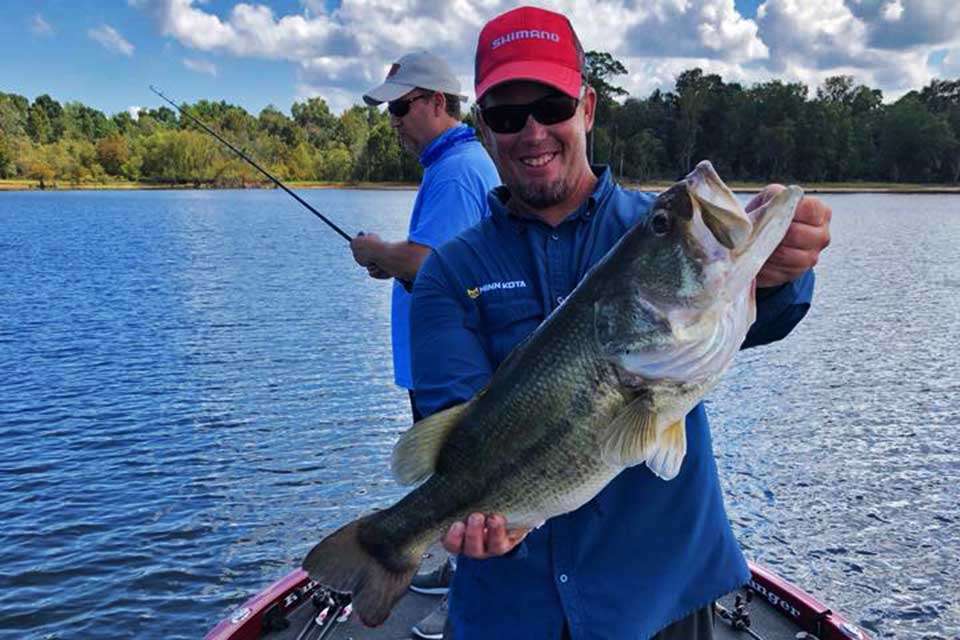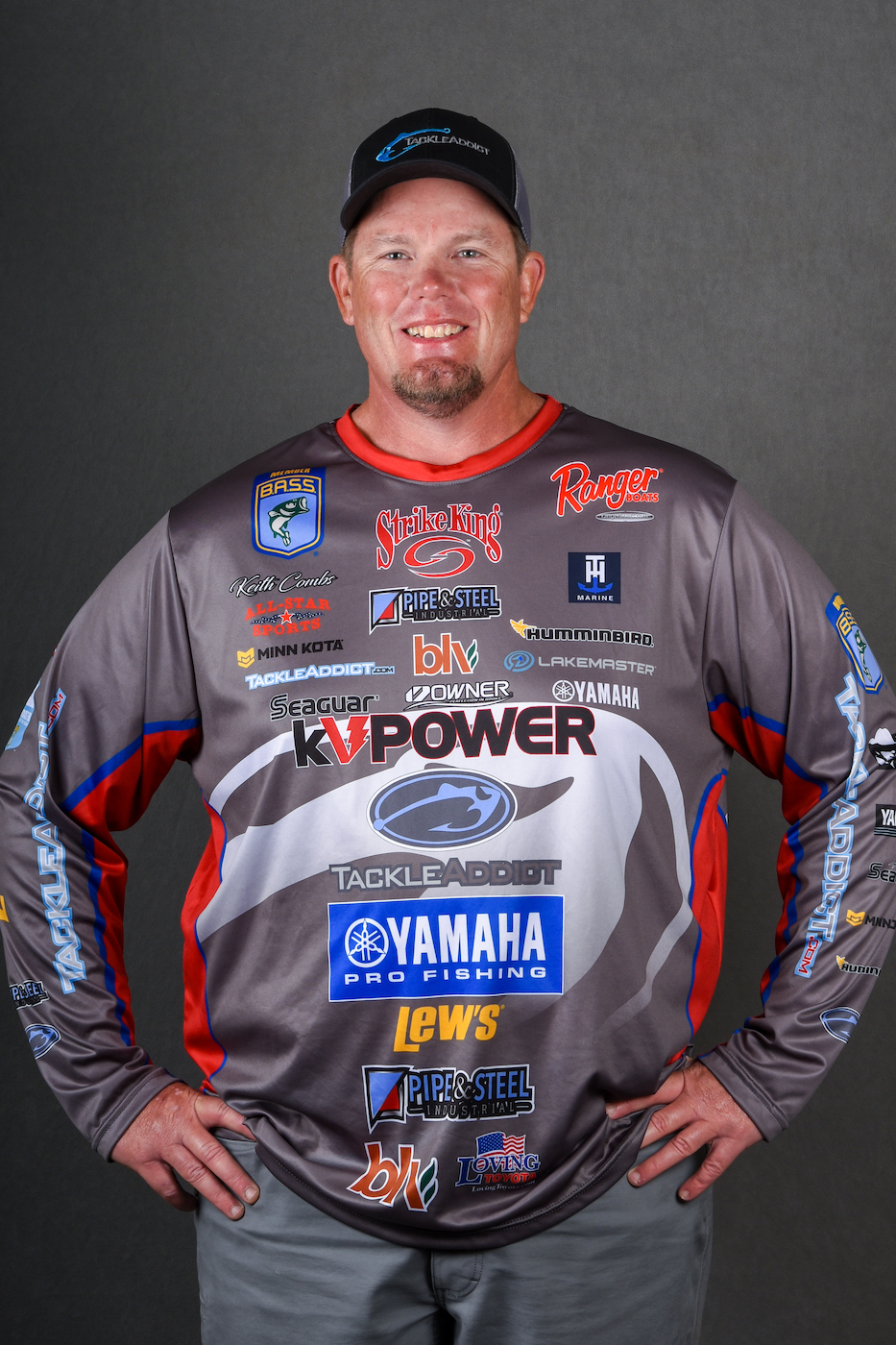
One of the oldest sayings in fishing is “you’ve got to fish where the fish are.” I’ve heard it a thousand times. I’ve even seen it on a t-shirt. It makes sense, sort of. You can’t catch fish that aren’t there.
It may be true, but not at the top levels of competition, or perhaps even in the weekend tournaments around your house. These days, with fishermen getting better and the amazing advances in technology, you want to focus on where the fish are going to be, not where they are during practice. That’s true any time you’re scouting, but it’s especially important in multiday events. If you find the best spot on the lake on the first day of practice, you can bet that just about everyone else is going to find the same thing.
That’s why I try to spend part of every day on the water checking out spots where I expect the bass to be in the near future. I might hit 10 great looking areas during practice and not find fish on them, but if you go back later you’ll be surprised how often one or two of them are loaded. That’s how you win tournaments – when you roll up on spots that everyone else has written off and you absolutely crack them.
Of course, sometimes this strategy will bite you in the butt. I watched the weather carefully leading into the Bassmaster Classic on Hartwell earlier this year. There was a warming trend, lots of shallow vegetation, and the clear areas in the backs of the creeks were heating up quickly. It was a perfect storm of conditions for spawners to move in, and I bet everything that it would happen during the tournament. Unfortunately for me, they weren’t trickling in fast enough. I knew where they were going – I just didn’t know when they were going to arrive there.
That’s the downside of betting on likely future migrations, but the upside is that when it works you’ll often have the spot of a lifetime all to yourself. That’s pretty much what I experienced when I won the Bassmaster Elite Series event on Falcon in 2013. I won it on a big community hole, one that’s incredibly obvious on maps and a place that I used to rely on in my guiding days. I’m sure at least 30 percent of the field checked it out in practice. I had so much faith in it that I looked there several times in practice but every time it was a blank slate.
Then the weather changed. It went from being sunny every day to cloudy on the first day of the tournament, and I had a feeling they’d load up in there. I had a late boat number, but I headed down anyway, expecting to see at least a half dozen boats crowding the spot. I was shocked that there was only one other competitor there, and he was kind of off to the side, far off the juice. Within an hour I had 35 pounds in the livewell.
I had a similar experience when I won the Toyota Texas Bass Classic (TTBC) on Lake Fork in 2014 with 110 pounds in three days. I knew that the fish were moving out, and on the third day I found the best school of my life. It was a place that I had graphed in practice but didn’t see anything to bring me there during the tournament. On the first two days of competition I caught my fish elsewhere, but when I pulled up on day three and started graphing I couldn’t see the bottom. The screen showed solid bass from 20 feet down to the bottom in 35 feet. Once again, rechecking had paid off.
Of course, there’s a time and a place to gamble on this kind of strategy. Often it’s when conditions are changing rapidly at a time when you’d expect the bass to be moving anyway. It’s ideal at a standalone event like the TTBC, while if you’re fishing for points sometimes you can’t afford to try for a home run. Still, if you want to win, and not just get a check, it pays to stay on them and get ahead of them when necessary.
One other thing – while weather is often the factor that affects fish the most, don’t ever discount the impact of fishing pressure on fish movement. As boats crowd the obvious places, that’ll push the fish around, and it’s important to keep on sampling the next stop on their routes.
The key in all of this is to remember that it’s not bad to “fish history,” but it is bad to rely on history. Being a successful tournament fisherman hinges on making good decisions and leaving yourself options. If you don’t consider “where they’re going” you’ll end up limiting yourself.

